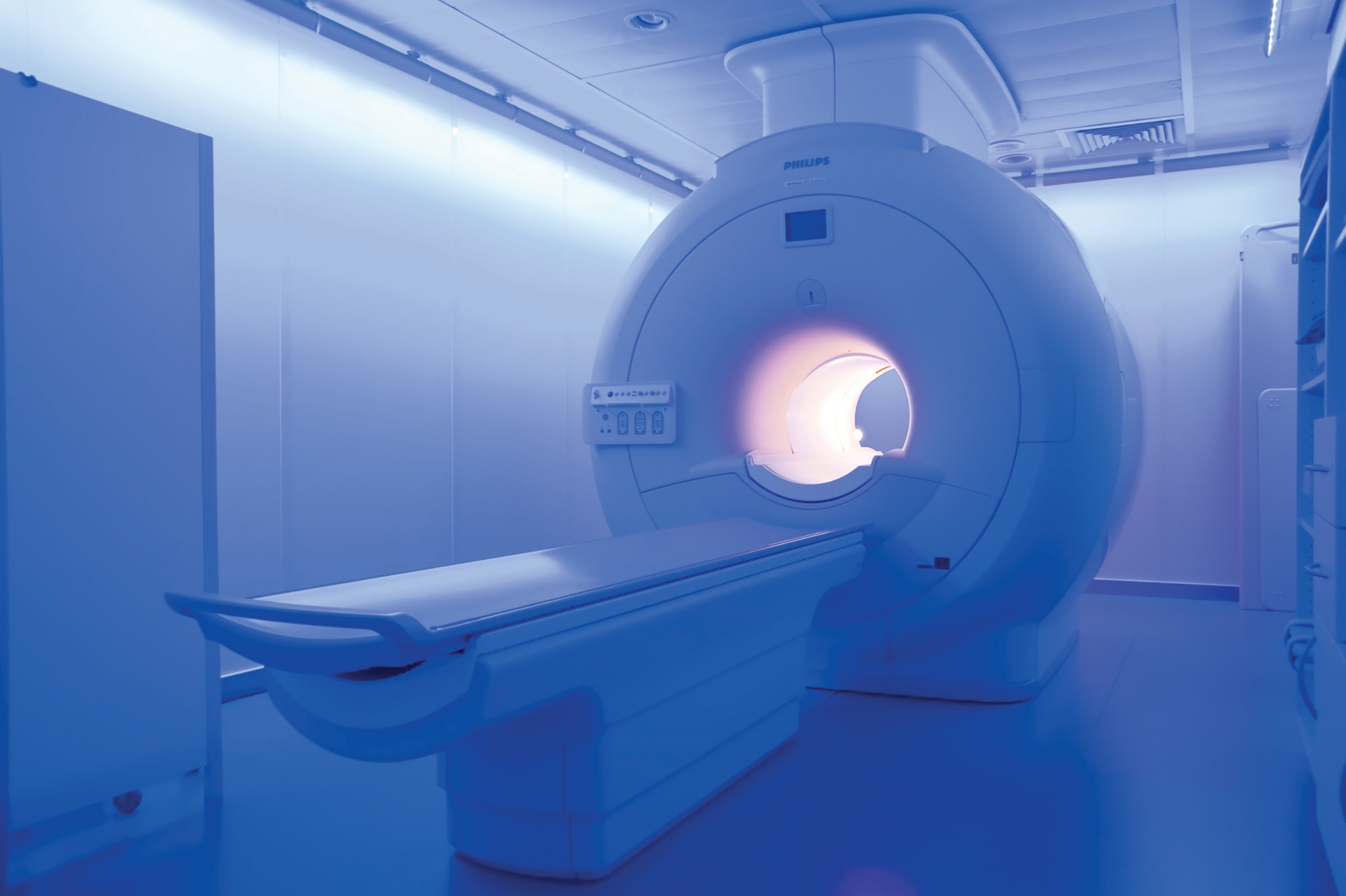When we think about health at work it is common to consider issues such as accidents, smoking and stress. We are less likely to think of cancer and especially less likely to consider that our workplace exposures can be a major cause of cancer. More importantly this is a health condition that in a workplace context is preventable.
The International Labour Office (ILO), states, that cancer is by far and away the most common work-related cause of death, leaving accidents and other occupational diseases well behind.
Considerable research has been carried out in this area and the study by Dr Lesley Rushton from the Imperial College, London provides us with some of the best insights into the most likely industries and exposures that can lead to long term development of cancer. Almost 14,000 new cases of cancer caused by work are registered each year with around 8,000 deaths a year caused by occupational cancer across the UK.
The theme has been picked up by the intuition of Occupational Safety and Health who have launched the “No Time to Lose” campaign aimed at getting carcinogenic exposure issues more widely understood by businesses by raising awareness of the significant health issues facing workers, offering some solutions on a UK scale to tackle the problem and offering free materials to businesses to help them deliver effective prevention programmes.
Asbestos remains the best known carcinogen and still results in half of all work related cancer deaths. Unfortunately asbestos exposure is not a thing of the past and is still a major risk to those working in construction and maintenance related activities. The IOSH campaign goes further, drawing on the Rushton research to highlight five of the most common exposures, these are silica dust, diesel engine exhaust emissions, solar radiation, asbestos and shift work.
Thankfully treatments are improving but work related cancers are preventable. If your staff could be exposed to a range of situations including shift work, exposure to asbestos fibers, wood dusts, UV radiation from sunlight, metalworking fluids and mineral oils, silica dust, diesel engine exhaust fume, coal tars and pitches and a range of other chemicals, then you would be wise to take a closer look at the IOSH campaign materials.
www.notimetolose.org.uk/
www.macmillan.org.uk/Aboutus/Workandcancer/Supportformanagers/ManagersandEmployers.aspx
www.healthyworkinglives.com/advice/Legislation-and-policy/work-related-illness-injury/cancer













